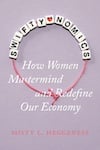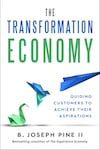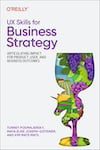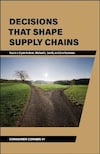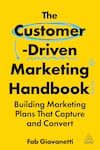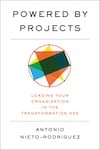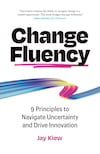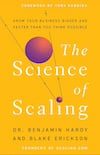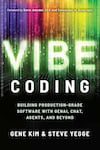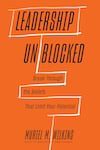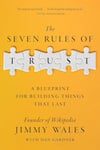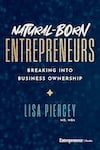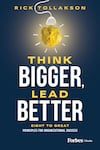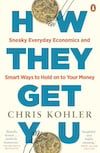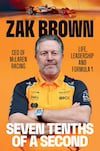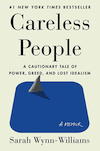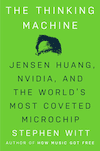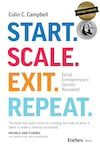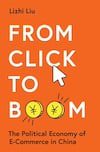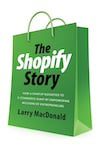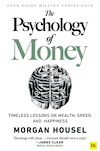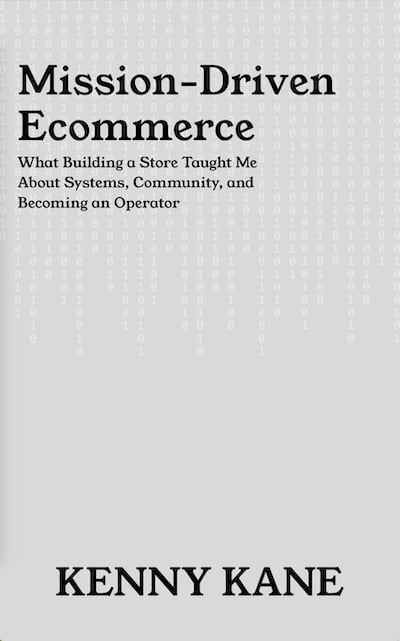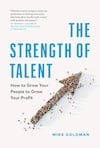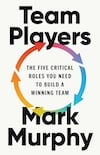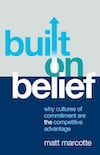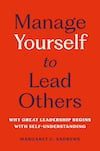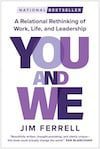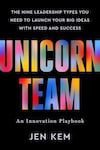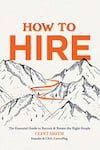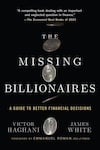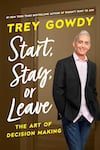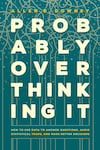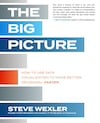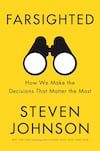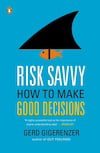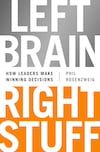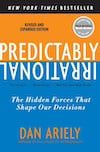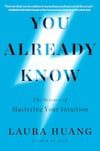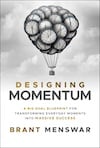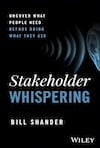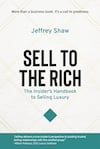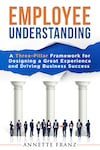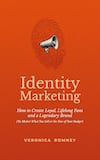New Books: Swiftynomics, UX Skills, More
Working females are central to the modern economy, says the author of “Swiftynomics.” That book, plus titles on supply chain, user experience, navigating change, transformation, and more, leads my selections of the latest reads for merchants.
Swiftynomics: How Women Mastermind and Redefine Our Economy
by Misty L. Heggeness
Heggeness, a professor of public affairs and economics, uses the groundbreaking stories of Taylor Swift, Beyoncé, and Dolly Parton to examine the complex everyday lives of working women and their central role in today’s economy.
The Transformation Economy: Guiding Customers to Achieve Their Aspirations
by B. Joseph Pine II
The bestselling author of “The Experience Economy” follows up with advice on how companies can get ahead of competitors by leveraging consumers’ desire. The key, he says, is speaking to customers’ dreams and their conceptions of who they are and who they strive to be.
UX Skills for Business Strategy: Articulating Impact for Product, User, and Business Outcomes
by Torrey Podmajersk, Maya Elise Joseph-Goteiner, and Kim Mats Mats
Three consultants build on their experience with industry stalwarts such as Kellogg’s, Google, Microsoft, and Kaiser Permanente to explain the skills user-experience professionals need to communicate their value, align design approaches with business objectives, and track the right metrics.
Decisions That Shape Supply Chains
by Nicole J. Olynk Widmar, Michael L. Smith, and Erin Robinson
Focusing on the agriculture industry, the authors examine what drives consumer choices in “grocery aisles, drive-through lines, and online shopping carts” and how those decisions determine what gets “planted, processed, packaged, and promoted” across the entire food supply chain. The authors’ insights into emotional decision-making likely apply to multiple industries and markets.
The Customer-Driven Marketing Handbook: Building Marketing Plans That Capture and Convert
by Fab Giovanetti
Giovanetti, a noted author and entrepreneur, offers marketing tactics that connect with consumers, using real-world examples to break essential concepts into clear, actionable steps.
Powered by Projects: Leading Your Organization in the Transformation Age
by Antonio Nieto-Rodriguez
Coming next month from Harvard Business Review Press, “Powered by Projects,” by renowned management guru Nieto-Rodriguez, argues that projects are the new organizational paradigm. He provides practical strategies and detailed case studies for project-driven leadership. Reviewers hail its “forward-thinking mindset,” calling it “a timely guide for executives ready to lead their organizations into the future.”
Maintenance of Everything: Part One
by Stewart Brand
Known as an original thought leader, Brand created and edited the legendary “Whole Earth Catalog” for 30 years and has written books on a variety of subjects. In this latest title, he views maintenance as “not just the tiresome preventative tasks but the whole grand process of keeping a thing going.” It’s already garnering raves from advance readers, who call it “deliciously good,” “masterful,” and “an instant classic.”
Change Fluency: 9 Principles to Navigate Uncertainty and Drive Innovation
by Jay Kiew
It’s a truism that change is inevitable. Kiew, the self-proclaimed “world’s leading Change Fluency expert,” says innovation alone isn’t enough for business success, and leaders must go beyond managing change to transform disruption into opportunity. Reviewers say it “reads like a thriller, teaches like a master class, and delivers insights that will revolutionize your approach to innovation.”
The Science of Scaling: Grow Your Business Bigger and Faster Than You Think Possible
by Dr. Benjamin Hardy and Blake Erickson
The co-founders of Scaling.com ask, “What if scaling wasn’t about working harder, but seeing your business through an entirely new lens?” They provide a framework for focusing on “only the people and paths that align directly with your highest vision.”

